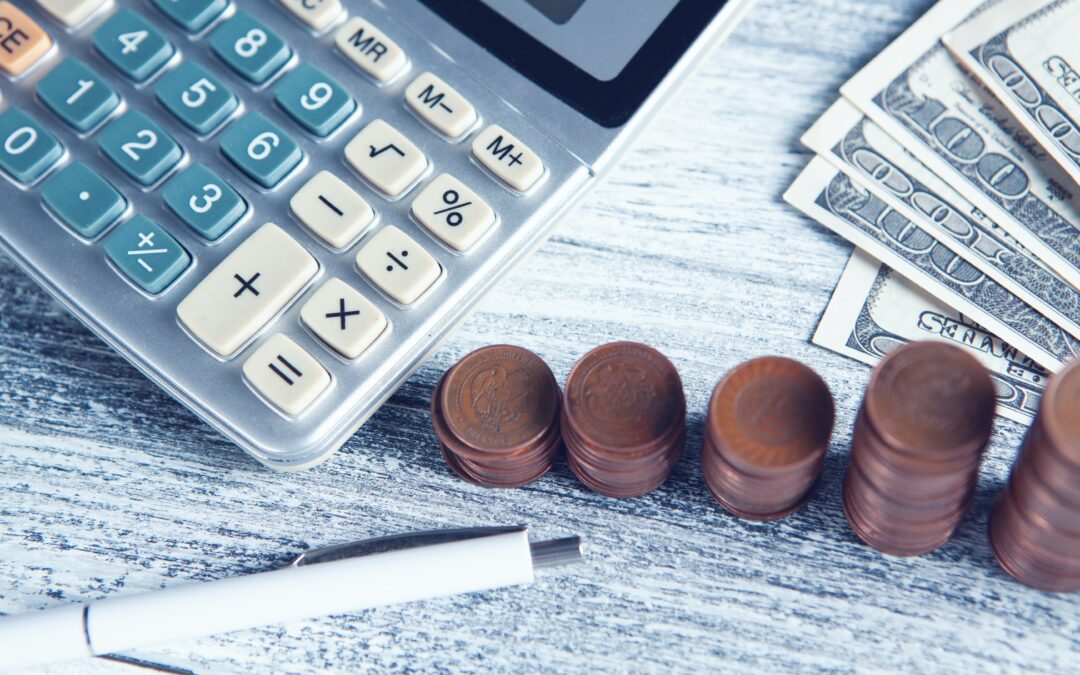In an era where innovation and aesthetics play a pivotal role in consumer decision-making, product design has emerged as a critical component for businesses across various industries. However, the investment required for high-quality product design can seem daunting. In this blog, we aim to unravel some of the complexities behind the expense of product design and shed light on several factors that contribute to its price tag.
1. Expertise and Skillset in Product Design
One of the leading reasons for high product design cost lies in the expertise and skillset required. Professional designers possess a deep understanding of user behavior, ergonomics, material science, and manufacturing processes. This knowledge allows them to create products that not only look aesthetically pleasing but also function optimally. In addition, experienced designers know how to avoid many of the landmines buried in the product development process, primarily because they have found them the hard way. When you pay for a skilled, experienced designer, you are paying to avoid as many landmines as possible. More may be lurking, but at least you do not have to start from scratch. When looking for a design partner, look for experience and proven problem-solving abilities.
2. Research and Development
Effective product design demands extensive research and development efforts. This phase involves market analysis, competitor research, user surveys, and prototype testing. This investment in time and resources ensures that the final product meets the needs and expectations of the target audience. The more you delight your customers, the more likely they are to buy your product. This does not mean you need a ton of features to make them happy. You just need the right ones. User Research is not a step you want to skip. Your design partner should have extensive experience doing this, and you should confirm that their estimate includes it as well.
3. Iterative Process in Product Design
Design is an iterative process that often involves multiple rounds of refinement and adjustment, with each round building from the one before. You don’t have to spend a fortune on a fully-functional prototype to learn if it meets your needs. Sometimes testing smaller components gets you there cheaper and faster. Each iteration requires time, effort, and resources to fine-tune the product’s functionality, aesthetics, and usability. Allow for this time. Rushing it only leads to mistakes.
4. Materials and Manufacturing
Choosing the right materials for a product is crucial for its functionality, durability, and overall appeal. It takes time to develop the skills needed to know when to use a material, and more importantly, when not to use a material. High-quality engineering-grade materials often come at a premium, contributing significantly to the overall cost of product design. Additionally, considering manufacturing constraints and processes is vital to ensuring the design can be feasibly produced at scale. Your design company should have extensive industry experience selecting and using various types of materials in different applications.
5. Prototyping and Testing
Creating prototypes for testing and validation is a critical step in the product design process. This phase involves the production of physical models or digital simulations to assess the product’s performance, functionality, and user experience. The cost of prototyping materials, as well as the time invested in testing, adds to the overall expense which further compounds these costs and the low quantities made. Because quantities are lower, the labor used to produce them is divided among fewer units, leading to a higher per part labor fee.
Each prototype provides a learning opportunity. This iterative approach ensures that the final design is of the highest quality. Building only one prototype and then going straight to production means skipping out on vital information. Do not skip design optimization. Complete this before you spend money on Production. It is far more expensive to change something in manufacturing than it is in the design stage. When looking for your design group, look for a balance between prototypes and time to market.
6. Intellectual Property and Compliance in Product Design
Protecting intellectual property through patents, trademarks, and copyrights is a crucial aspect of product design. This legal process incurs additional expenses through patents searches, meetings, patent revisions, drawing creation, and more. Moreover, ensuring compliance with industry standards and regulations is essential, which may necessitate further investment in testing and certification. Be sure to look for a design partner that has experience in IP and industry regulations to avoid any costly mistakes.
7. Branding and Packaging
A well-designed product is often accompanied by branding efforts and packaging design. This includes creating logos, labels, and packaging materials that align with the brand’s identity and resonate with consumers. These elements, while not directly related to the product itself, contribute to its overall appeal and marketability. Unfortunately, this is often only thought about just before transitioning to manufacturing. Be sure to find a company that thinks about branding and packaging early in the development process.
Conclusion
While the cost of product design may initially seem high, it is important to recognize the multifaceted nature of this process. From the expertise and research required to the materials and manufacturing considerations, every aspect contributes to the final value of the product. Understanding these factors can provide businesses with a clearer perspective on the investment needed for successful product design. In the end, a well-designed product not only enhances user satisfaction but also contributes to a brand’s long-term success in the market.

info@flyingpigdesignsllc.com
(720) 627-7778
555 Alter St. STE 19-D Broomfield, CO 80020



This is spot-on!